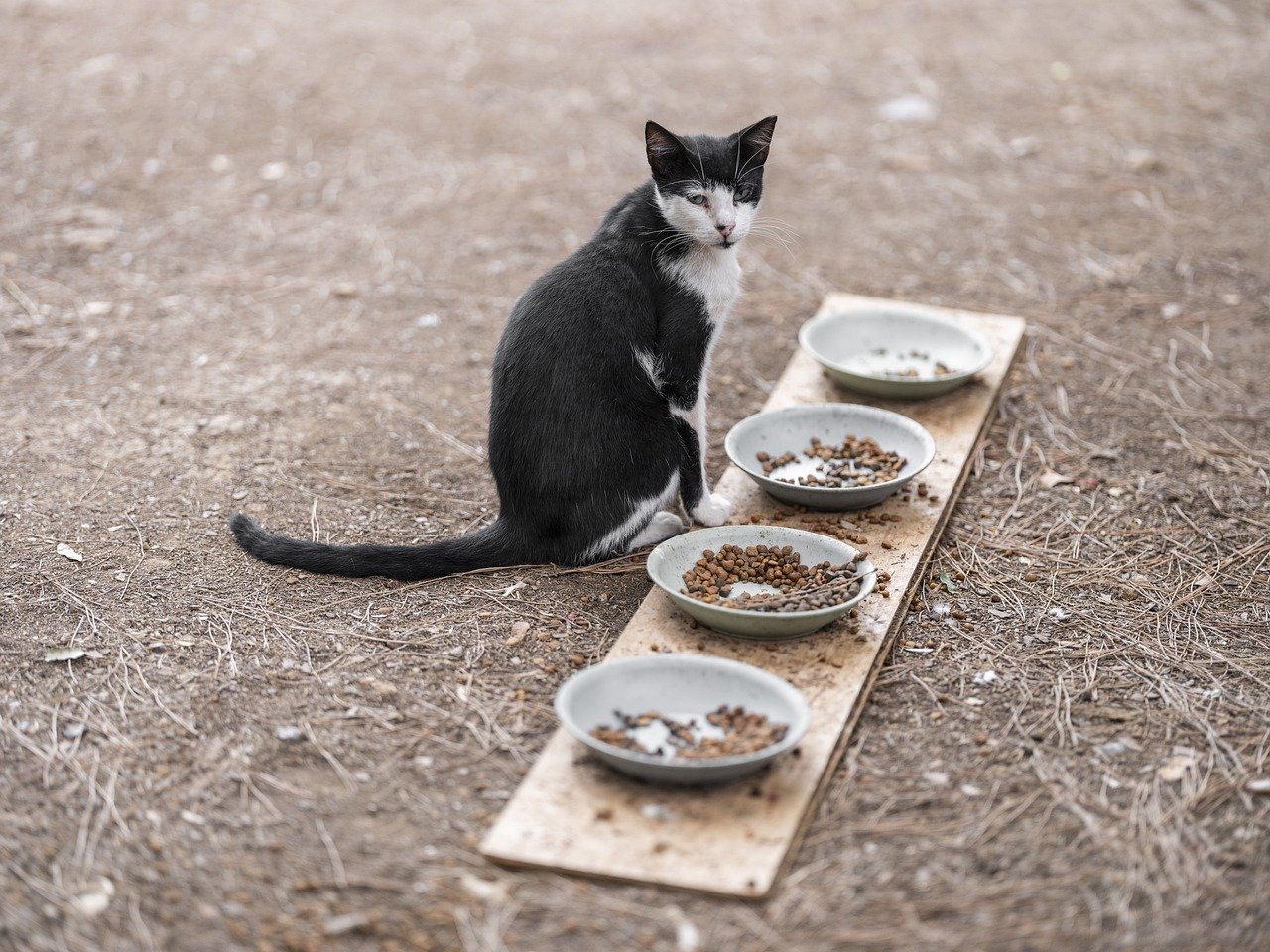In the realm of pet nutrition, taste reigns supreme. While pet food trends may fluctuate, the enduring appeal of palatable flavors remains constant. Discover why taste matters and how it influences pet food choices for furry companions of all kinds.
Veterinary researchers have delved deep into the realm of food palatability, uncovering the intricacies of pet taste preferences. Their findings play a pivotal role in ensuring that pets not only eat but relish their meals, even amidst dietary restrictions, sensitivities, or health conditions.
At Hill’s Pet Nutrition, a team of scientists and nutritionists meticulously craft over 2,000 recipes annually, striving to innovate and refine pet food offerings. Their latest creation, Hill’s Prescription Diet Gastrointestinal Biome Stress Feline Upgrade, slated for release in 2024, addresses stress management in cats with gastrointestinal concerns.
Palatability hinges on various factors, with aroma playing a pivotal role. According to Timothy J. Bowser, PhD, at Oklahoma State University, the scent of food serves as the initial determinant of a pet’s interest. At Hill’s Pet Nutrition, sensory panels meticulously analyze aroma profiles to develop unique identifiers for each pet food variant.
Taste preferences vary among pets, influenced by factors beyond flavor alone. Texture, shape, and form all impact palatability, as observed in Hill’s research on kibble preferences among dogs and cats. From crispy discs favored by cats to chewy textures preferred by dogs, understanding these nuances is crucial in crafting appealing pet food options.
Key to enhancing palatability are palatants, additives incorporated to tantalize pets’ taste buds. These natural flavorings, comprising a small percentage of a pet’s diet, elevate the overall eating experience. Hill’s Pet Nutrition employs the Pet Eating Enthusiasm Emoji Scale, a unique tool to gauge pets’ enthusiasm for various food options objectively.
Digestibility, another vital aspect, ensures that pets derive maximum nutrition from their meals. Quality ingredients, fiber content, and processing techniques all influence digestibility, tailored to meet the distinct dietary requirements of dogs and cats.
Innovations in pet food research, such as Hill’s Science of Taste initiative, propel the industry forward. By prioritizing taste technology, brands like Hill’s ensure that pets receive nutrition that not only sustains but delights.
Through meticulous testing at facilities like Hill’s Pet Nutrition Center, preferences are discerned and formulations refined. Behavior lexicons decode pet interactions during mealtime, providing invaluable insights into their dining experience.
In therapeutic pet foods, taste assumes heightened significance, aiding in the management of various clinical conditions. Hill’s Prescription Diet offerings cater to specific health concerns, providing tailored nutrition for optimal well-being.
Whether commercial or home-prepared, pet diets must meet stringent criteria for completeness and balance. As the cornerstone of a pet’s nutrition, ensuring palatability is paramount, safeguarding their health and happiness with every meal.



